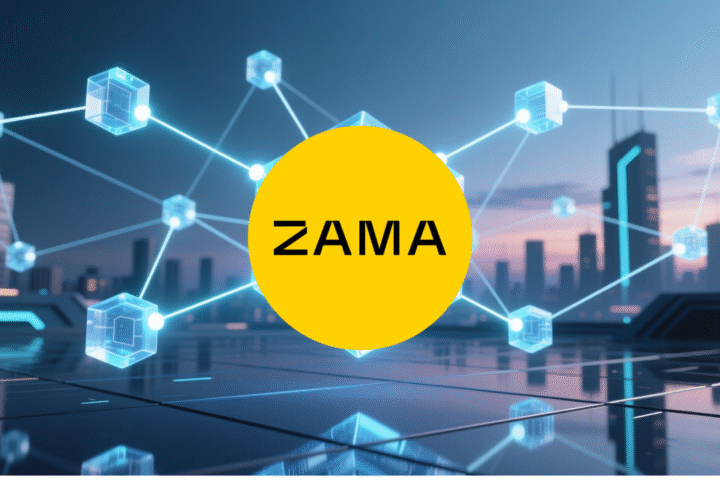Vitalik Buterin, co-founder of Ethereum, has proposed increasing the network’s “blob count” following discussions during a recent developer call. The suggestion is aimed at addressing the growing demand for data storage on the Ethereum blockchain, which has seen its blob space usage reach approximately 75% capacity.
Blob space was introduced as part of Ethereum’s Dencun upgrade under Ethereum Improvement Proposal (EIP)-4844, also known as proto-danksharding.
The current limit allows for a target of three blobs per block, with a maximum of six blobs. Buterin is pushing for an increase to four blobs per block, with a maximum of eight, to enable layer-2 (L2) protocols to store more data on the Ethereum blockchain.

EIP-7623 and Call Data Cost Adjustments
EIP-7623 has been proposed to modify the call data cost for transactions that rely on Ethereum for data availability. This would reduce the maximum block size from its current 2.7 megabytes to approximately 1MB. By doing so, it would potentially create more space for increasing the block gas limit or allowing for more blobs to be stored in each block.
Buterin highlighted that some L2 protocols are hesitant to fully adopt blobs due to concerns about market congestion. He urged the community not to delay the transition of L2 networks to blob usage. “We cannot afford to let momentum slip on moving more layer-2s over to using blobs,” Buterin noted. He stressed that EIP-7623 is essential because it significantly reduces the worst-case block size.
Related: Terraform Co-Founder Do Kwon Sentenced to 15 Years Over $40B Collapse
Support for Increasing Blob Count
Jesse Pollak, the creator of Coinbase’s layer-2 network Base, strongly supported Buterin’s proposal Pollak stated in a recent post on X that increasing the blob count “reduces worst-case block size and adds needed capacity for fast-growing L2s.” According to Pollak, this proposal is a crucial step for accommodating the rapid growth of L2 networks.
The proposed increase in blob count is expected to be part of Ethereum’s future upgrades. Ethereum developers are currently working on the Pectra upgrade, which has been split into two segments, PectraA and PectraB, to expedite deployment. This will introduce several Ethereum Improvement Proposals (EIPs) designed to enhance the network’s scalability, including changes to the execution and consensus layers.
Related: Utility Tokens Explained: What They Are and How They Actually Work












